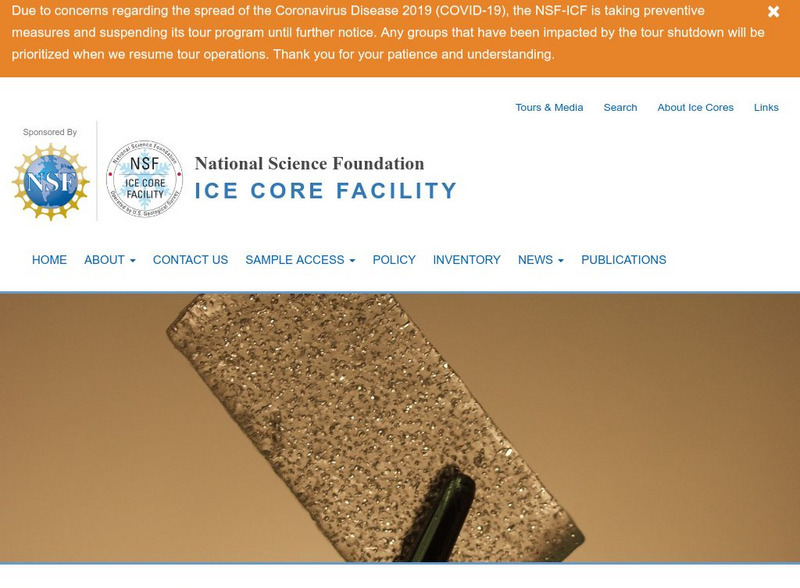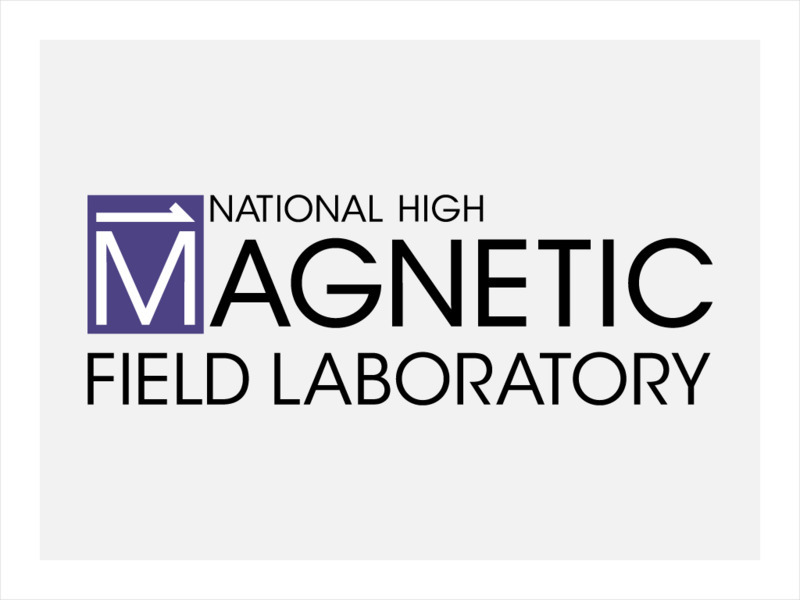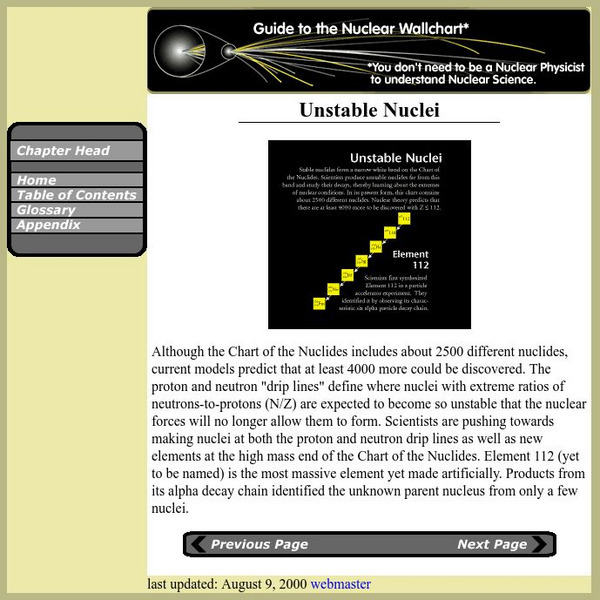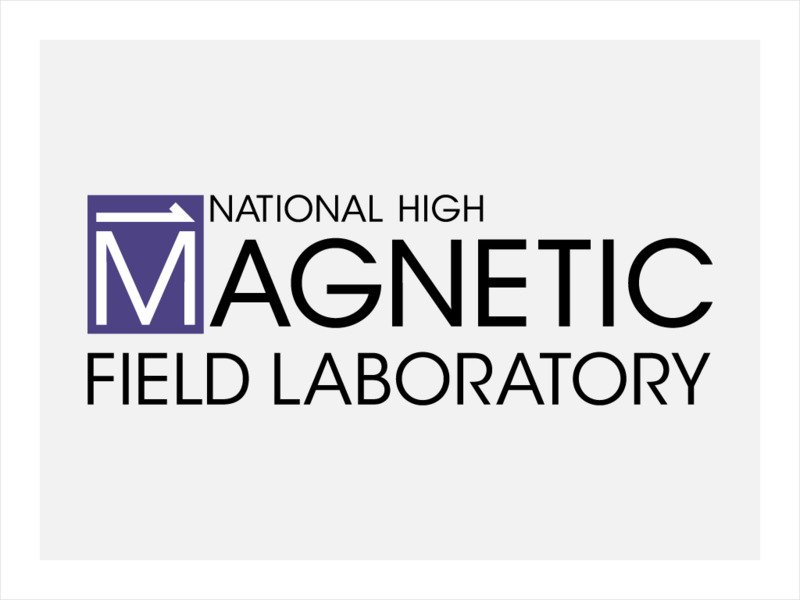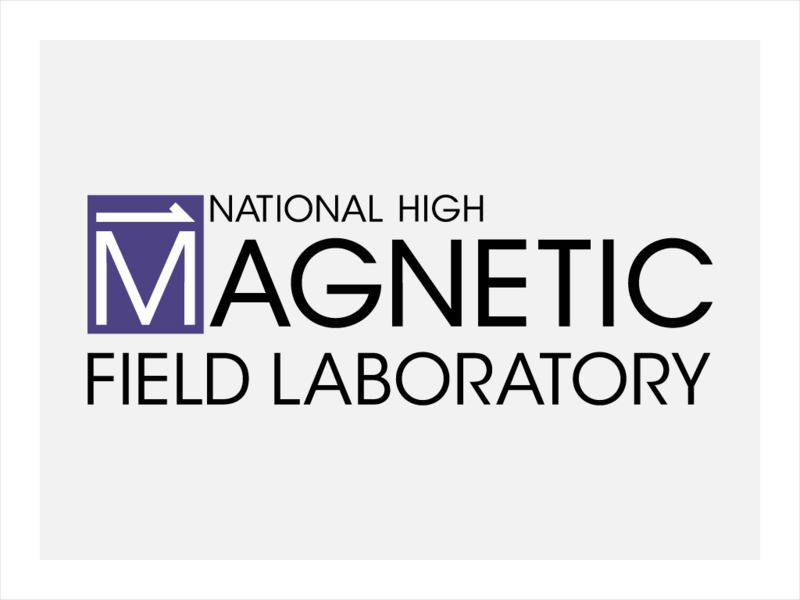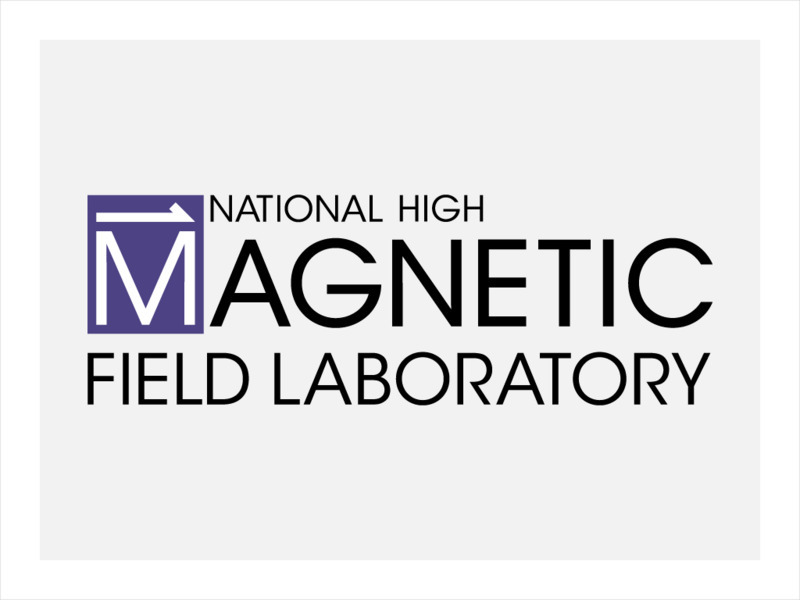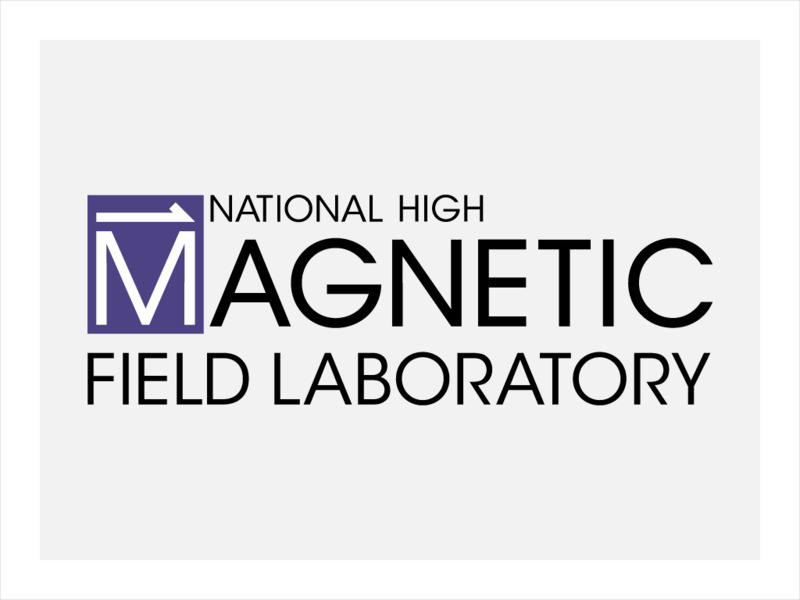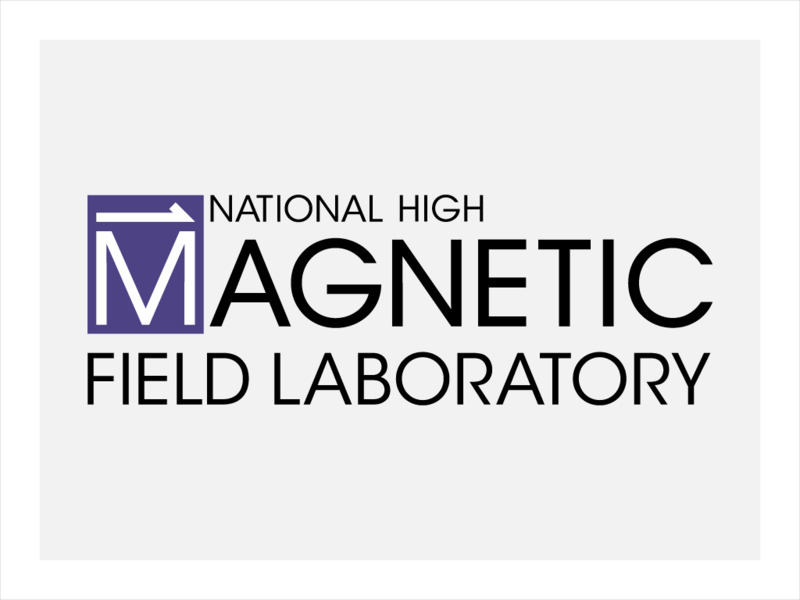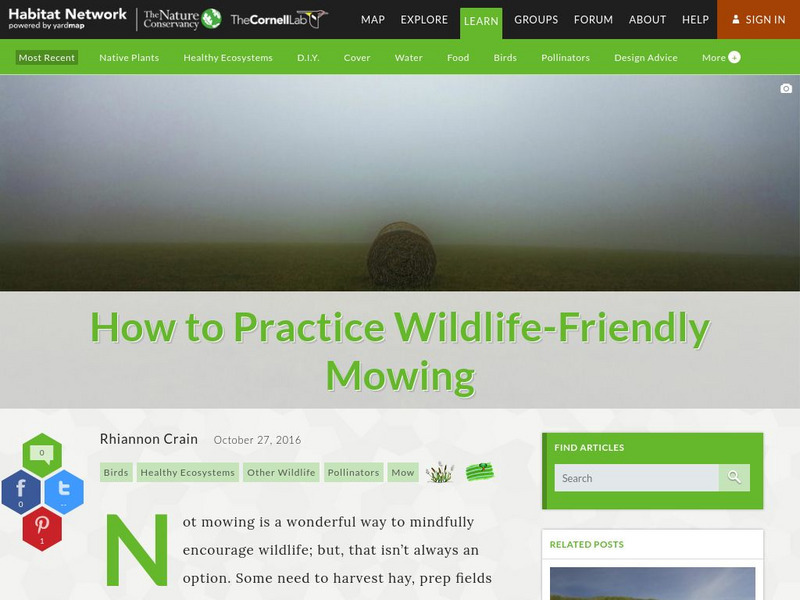Annenberg Foundation
Annenberg Learner: Habitable Planet: A Systems Approach to Environmental Science
Interdisciplinary multimedia course, in thirteen units, on environmental science. Each unit encompasses a thirty-minute video, an accompanying textbook chapter, and an array of visuals and animations. With five interactive labs, a...
Science Education Resource Center at Carleton College
Serc: Lab 7: Nitrates and Phosphates and Algae, Oh My!
A lab experiment, in a series of experiments, that investigates fisheries. In this lab, students test the effects of fertilizers and other pollutants on a model ecosystem. Students also examine 2 years of ocean color (chlorophyll...
Annenberg Foundation
Annenberg Learner: The Habitable Planet: Carbon Lab
An interactive lab simulation demonstrates the effects of increased carbon in the atmosphere and how that increase contributes to climate change. A data table for student records is available for download.
Cornell Lab of Ornithology
Habitat Network: Nature Conservancy and Cornell Lab Partnership
The Cornell Lab of Ornithology and The Nature Conservancy comes together to form a partnership that takes YardMap to its next phase: Habitat Network.
National Science Foundation
National Science Foundation: Ice Core Facility (Nsf Icf): About Ice Cores
A fantastic resource for learning about how ice cores are collected, the information we can learn from them about Earth's climate history, the types of research being done with them, and how they are stored. Includes lots of videos.
Lawrence Berkeley National Laboratory
Berkeley Lab: Nobel Prizes in Nuclear Science
Provides a list of Nobel Prize winners in the field of nuclear science that includes the discoveries of spontaneous radioactivity, radium, and the neutron.
Alabama Learning Exchange
Alex: Acids and Bases Lesson/lab
This instructional activity will allow middle schoolers to perform pH tests that determine if various solutions are acids or bases (cognitive). Students will test common household solutions such as water, vinegar, milk, and orange juice...
National High Magnetic Field Laboratory
Magnet Academy: Robert Millikan
Robert Andrews Millikan was a prominent American physicist who made lasting contributions to both pure science and science education. He is particularly well known for his highly accurate determination of the charge of an electron via...
National High Magnetic Field Laboratory
Magnet Academy: Superconductivity 101
An overview of the history, applications and science of superconductivity, including the Meissner effect, BCS theory, Type 1 and Type 2 superconductors and high-temperature superconductivity.
American Chemical Society
American Chemical Society: Holiday Chemistry
A collection of chemistry activities and experiments with a Christmas holiday theme.
Florida State University
Florida State University: William Henry Bragg
A sound biography, focusing mainly on Bragg's science, what he discovered and what it's significance was. Lists many of his honors.
Lawrence Berkeley National Laboratory
Berkeley Lab: Unstable Nuclei
A brief examination of the Chart of the Nuclides and unstable nuclei.
Royal Society of Chemistry
Royal Society of Chemistry: Kitchen Chemistry
A scientific approach to kitchen skills takes a look at the chemistry involved in preparing the food we eat.
National High Magnetic Field Laboratory
Magnet Academy: Roland Eotvos
Vasarosnamenyi Baro Eotvos Lorand, better known as Roland Eotvos or Lorand Eotvos throughout much of the world, was a Hungarian physicist who is most recognized for his extensive experimental work involving gravity, but who also made...
National High Magnetic Field Laboratory
Magnet Academy: Electrocardiograph 1903
If TV medical dramas have taught us anything, it's how to recognize the heart's characteristic peaks and valleys crawling across monitors in emergency rooms. These images represent the electrical activity of the beating heart as recorded...
National High Magnetic Field Laboratory
Magnet Academy: Heinrich Hertz
The discovery of radio waves, which was widely seen as confirmation of James Clerk Maxwell's electromagnetic theory and paved the way for numerous advances in communication technology, was made by German physicist Heinrich Hertz. In the...
National High Magnetic Field Laboratory
Magnet Academy: John Daniel Kraus
For a man whose career involved the entire known universe, John Kraus had a remarkably insular upbringing. He was born and raised in Ann Arbor, Michigan, and earned his bachelor's, master's and doctoral degrees in physics, all at the...
National High Magnetic Field Laboratory
Magnet Academy: James Joule
James Prescott Joule experimented with engines, electricity and heat throughout his life. Joule's findings resulted in his development of the mechanical theory of heat and Joule's law, which quantitatively describes the rate at which...
National High Magnetic Field Laboratory
Magnet Academy: Karl Jansky
Karl Jansky discovered extraterrestrial radio waves while investigating possible sources of interference in shortwave radio communications across the Atlantic for Bell Laboratories, and is often known as the father of radio astronomy....
National High Magnetic Field Laboratory
Magnet Academy: Theodore Maiman
Theodore Maiman built the world's first operable laser. Ironically, Maiman's first paper announcing this momentous achievement, which many other scientists had been racing to complete themselves, was rejected. Since then, however, lasers...
National High Magnetic Field Laboratory
Magnet Academy: Timeline of Electricity and Magnetism: 1840 1849
The legendary Faraday forges on with his prolific research and the telegraph reaches a milestone when a message is sent between Washington, DC, and Baltimore, MD.
Cornell Lab of Ornithology
Habitat Network: Must We Mow? Increase Wildlife Value of Working Landscapes
Learn about the ecological benefits of allowing a landscape to grow naturally without mowing.
Cornell Lab of Ornithology
Habitat Network: How to Practice Wildlife Friendly Mowing
When it is time to mow, find out the simple strategies to consider to minimize negative impacts on wildlife.
Cornell Lab of Ornithology
Habitat Network: Habitat Network Focal City: Philadelphia, Pa
The Habitat Network focuses on the city of Philadelphia. As it grows, it puts tremendous pressure on natural resources, essentially increasing the importance of protecting and restoring them.
Other popular searches
- Environment Science Labs
- Physical Science Labs
- Life Science Inquiry Labs
- Ozone Depletion Science Labs
- Earth Science Labs
- Fun Science Labs
- Introduction to Science Labs
- Easy Science Labs
- First Day Science Labs
- Global Warming Science Labs
- Ecosytem Science Labs
- Edible Science Labs



